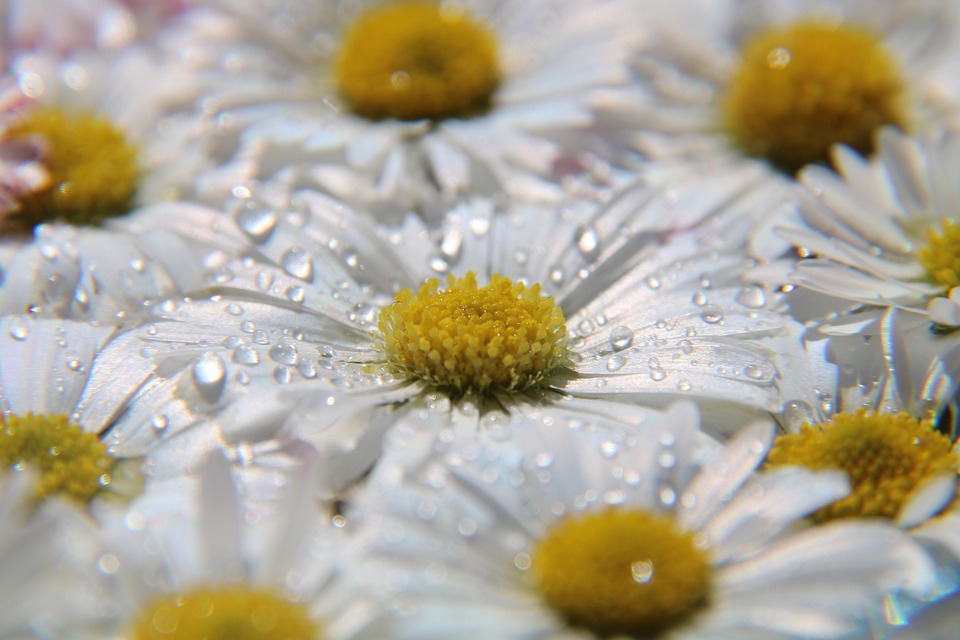Introduction
A well-maintained lawn not only enhances the beauty of your home but also provides a refreshing space for outdoor activities.
1. Regular Mowing and Trimming
One of the key factors in maintaining a beautiful yard is regular mowing and trimming.
2. Appropriate Watering Techniques
Watering your lawn correctly is crucial for optimal growth and avoiding water wastage.
3. Fertilization and Weed Control
Proper fertilization is essential for maintaining a lush and healthy lawn.
4. Aeration and Overseeding
Aeration involves creating small holes in the soil to improve the movement of air, water, and nutrients to the grassroots.
5. Pest and Disease Management
Regular inspection of your lawn for pests and diseases is essential for early identification and prompt action.
6. Proper Fall and Winter Preparation
Preparing your lawn for the fall and winter months is vital for its survival and lush regrowth in the spring.
FAQs
Q: How often should I mow my lawn?
A: Mow your lawn regularly, aiming for a height of 2-3 inches.
Q: Is it better to water my lawn in the morning or evening?
A: It is preferable to water your lawn early in the morning to allow sufficient time for the grass to dry before nightfall.
Q: How do I determine the right amount of fertilizer to use?
A: Read the instructions on the fertilizer packaging carefully.
Q: Can I use natural methods to control weeds?
A: Absolutely! Organic methods for weed control include hand-pulling weeds, using vinegar or boiling water, or applying corn gluten meal as a natural pre-emergent herbicide.
Q: When should I aerate my lawn?
A: Plan to aerate your lawn once or twice a year, preferably in the spring or fall when the grass is actively growing.
Q: How should I prepare my lawn for winter?
A: Prepare your lawn for winter by raking up fallen leaves, continuing to mow until the grass stops growing, and applying a winterizing fertilizer to fortify the roots.




